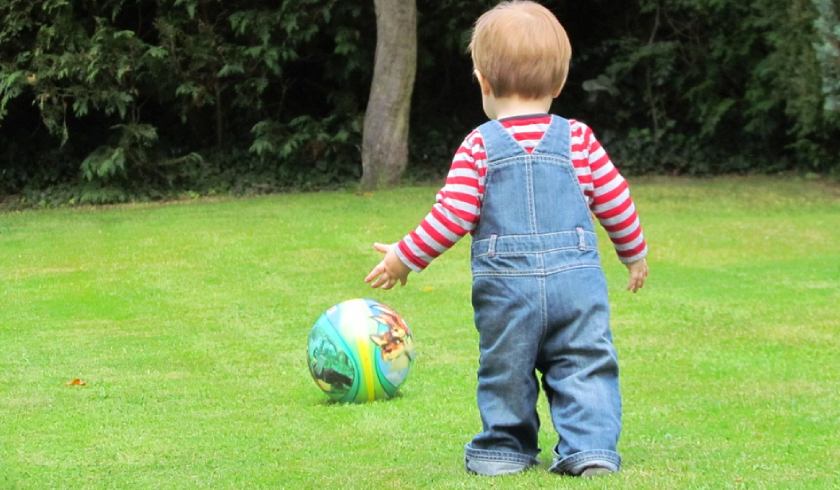3 tips to kid-proof your backyard
With each state and territory in school holidays at the moment, knowing how you can change the backyard of the houses in your portfolio could make all the difference to attracting families to rent or buy. Here are some tips to change your backyard and help make it that extra bit kid-friendly.

The backyard of a house can be a kid’s best friend and altering a backyard to make it all the more appealing to families can be done so without losing its aesthetic, according to Landart Landscapes’ Matt Leacy.
“With smart and strategic landscape design, you can achieve both [safe and fun] — and it doesn’t have to cost you an arm and a leg,” Mr Leacy said.
1. Cut back on hard surfaces
As kids often like to run around, softening up surfaces can help reduce the possibility of injury, Mr Leacy suggested.
“Cut back trees and plants with sharp branches — and consider introducing some soft plantings, hedges and groundcovers to act as barriers around potentially dangerous garden beds and hardscapes,” he said.
“In terms of plantings that look great and work to soften the environment, the best choice depends partly on your particular outdoor space and aesthetic.
“Wooly Bush (Adenanthos) is the softest most beautiful plant to touch. Kids love them because they look a little pine-like and spikey, but when you touch them they are soft and silky.”
Plants to use along the ground that can survive being walked on include Dymondia, Zoysia and Dichondra, Mr Leacy said.
An alternative to specific plants to soften hard surfaces is to use synthetic grasses, he recommended.
“They’re not quite as soft and nice as the real thing, but they’re a fantastic substitute for south-facing play areas where grass won’t grow. They can be laid directly over concrete to help soften and green-up an area,” Mr Leacy said.
Slippery surfaces found around patios, walkways and swimming pools can be countered pavers and rubber flooring to reduce skids and slips, he added.
“Also, avoid any potentially toxic or prickly plants that kids might come into contact with,” Matt adds. “Steer clear of varieties like cactuses, Oleander (as a general rule, anything with white sap) hydrangeas, chillies, azaleas, agave, and some succulents — to name a few,” Mr Leacy said.
“And if you’re unsure, consult your local garden centre or a landscape designer.”
2. Cover up
If you kid-proof a backyard, making sure kids are protected from the elements is vital, Mr Leacy said.
“Areas surrounded by large, secure trees can work well, but [occupiers] need to be diligent with pruning to prevent dangerous falling branches and the like — especially in windy conditions and environments,” he said.
“If you don’t have much access to natural shade or wind-cover, man-made options like retractable awnings, big beach umbrellas and gazebos can be options worth considering so that the space can be used by kids regardless of the weather.”
3. Pool safety
If the house has a pool, it must have the right fencing as per the appropriate state or territory in order to reduce drownings.
“All pools need to be fenced in compliance with local building codes and registered with local council … [and] need to comply with certain height requirements,” Mr Leacy said.
“In NSW, for example, pool fences need to be at least 1.2 metres high — and if the pool backs up onto a boundary fence, the boundary fence need to be at least 1.8 metres high.
“There are also minimum requirements pertaining to the height and size of security latches, gaps and horizontal pales.”
While not as important as the safety factor, it is worth considering the design of the fence and how it will impact the pool area practically and aesthetically, he added.
“An ugly pool fence can significantly degrade the look, feel and value of an outdoor space — so it’s advisable to engage a professional pool and landscape designer to ensure you get the choice and process right,” Mr Leacy said.
“A professional designer will help to marry compliance and design, matching the need for safety with the need for a fence that enhances your overall outdoor space.
“They’ll consider things like the ideal material for the fence, as well as how factors such as level-changes and garden beds can be utilised to integrate the fence into the rest of the backyard and make it disappear as much as possible.”

